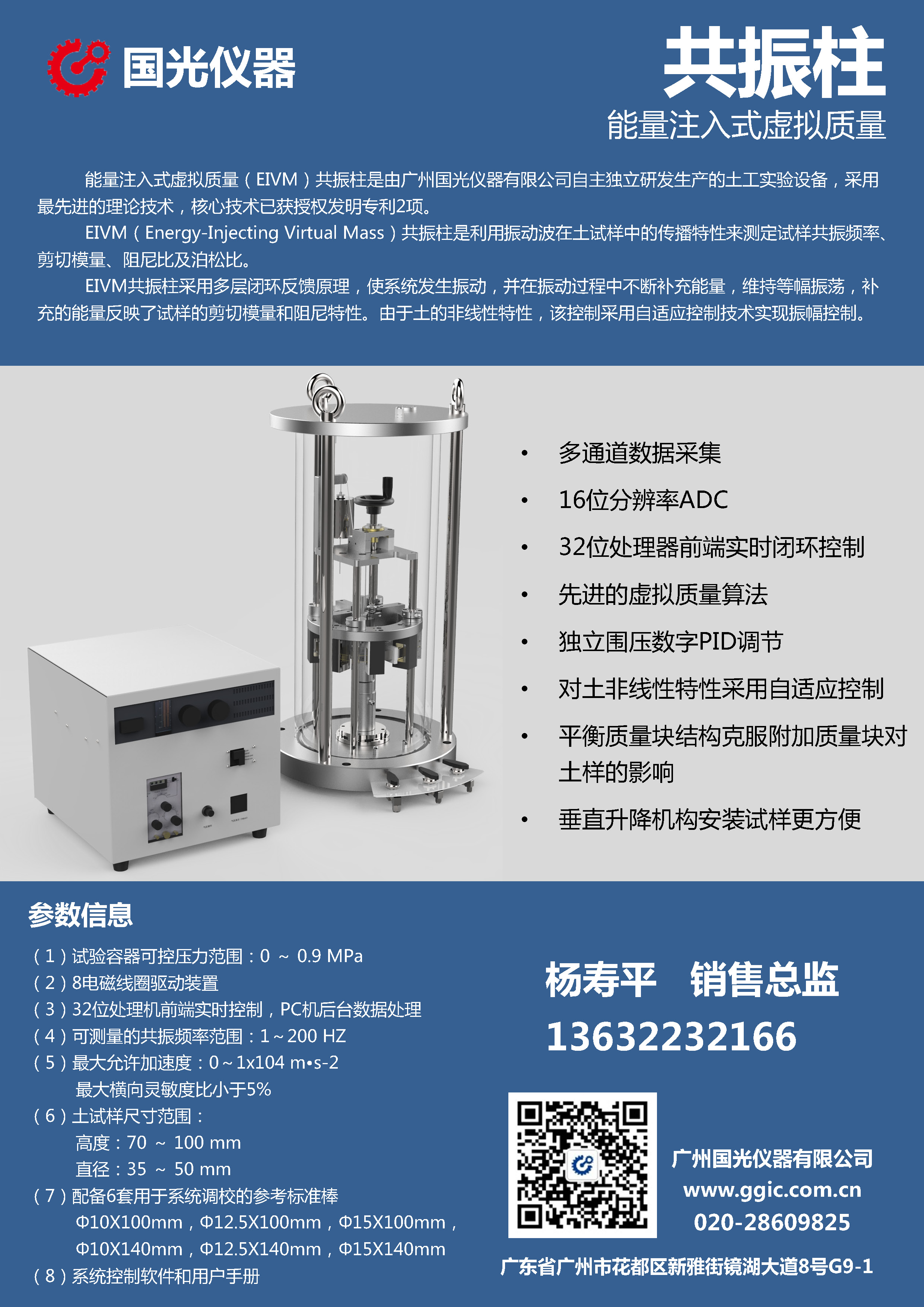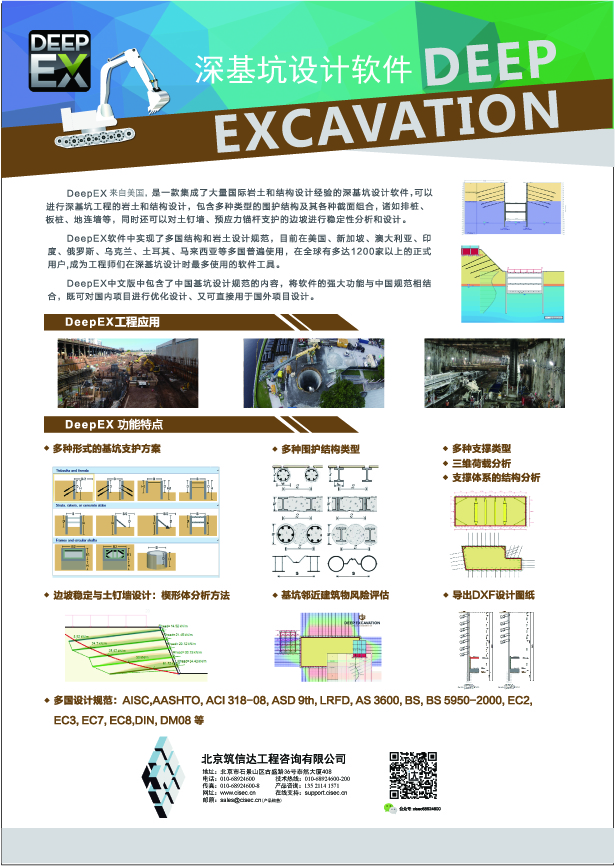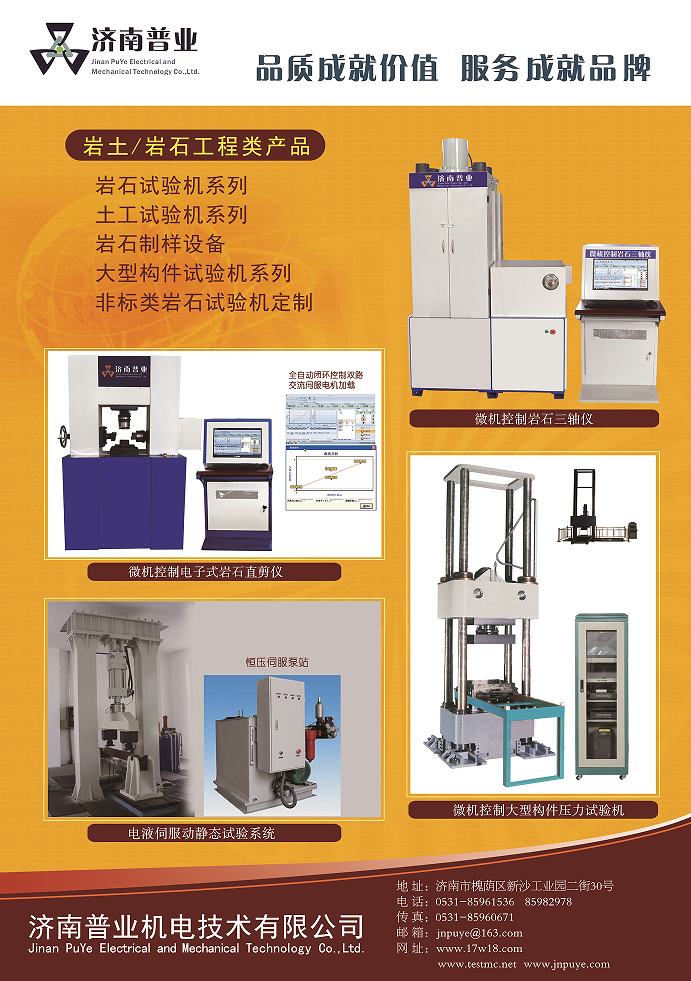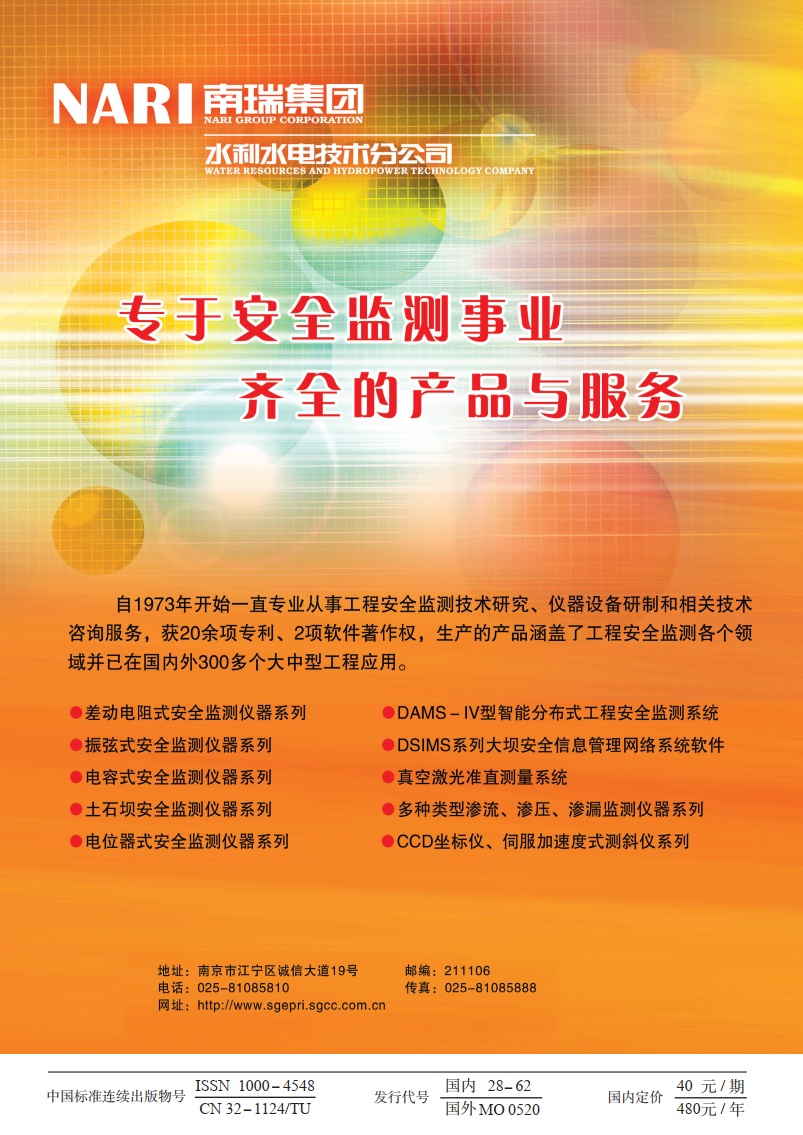| [1] |
TM5-818-6, AFM88-32. Grouting methods and equipment[S]. 1970.
|
| [2] |
EMMELIN A, BRANTBERGER M, ERIKSSON M, et al. Rock grouting-Current competence and development for the final repository[R]. Stockholm: Swedish Nuclear Fuel and Waste Management Co, 2007.
|
| [3] |
XU H F, WANG C, LI C, et al. Estimating diffusion radius grouting into broken rock mass[J]. Applied Mechanics and Materials, 2013, 353: 44-49.
|
| [4] |
宗义江, 韩立军, 韩贵雷. 破裂岩体承压注浆加固力学特性试验研究[J]. 采矿与安全工程学报, 2013, 30(4): 483-488. (ZHONG Yi-jiang, HAN Li-jun, HAN Gui-lei. Mechanical characteristics of confined grouting reinforcement for cracked rock mass[J]. Journal of Mining & Safety Engineering, 2013, 30(4): 483-488. (in Chinese))
|
| [5] |
韩贵雷. 裂隙岩体注浆后结构面粗糙度及刚度变化分析[J]. 金属矿山, 2012, 41(4): 43-46. (HAN Gui-lei. Roughness and stiffness analysis on grouting structural surface of fractured rock[J]. Metal Mine, 2012, 41(4): 43-46. (in Chinese))
|
| [6] |
韩立军, 宗义江, 韩贵雷, 等. 岩石结构面注浆加固抗剪特性试验研究[J]. 岩土力学, 2011, 32(9): 2570-2576. (HAN Li-jun, ZONG Yi-jiang, HAN Gui-lei, et al. Study of shear properties of rock structural plane by groutingrein forcement[J]. Rock and Soil Mechanics, 2011, 32(9): 2570-2576. (in Chinese))
|
| [7] |
张农, 候朝炯, 陈庆敏, 等. 岩石破坏后的注浆固结体的力学性能[J]. 岩土力学, 1998, 19(3): 50-53. (ZHANG Nong, HOU Chao-jiong, CHEN Qing-min, et al. Mechanical properties of the body after the destruction of the grouting rock[J]. Rock and Soil Mechanics, 1998, 19(3): 50-53. (in Chinese))
|
| [8] |
EVDOKIMOV P D, ADAMOVICH A N, FRADKIN L P, et al. Shear strengths of fissures in ledge rock before and after grouting[J]. Hydrotechnical Construction, 1970, 4(3): 229-233.
|
| [9] |
SWEDENBORG S, DAHLSTRÖM L O. Rock Mechanics effects of cement grouting in hard rock masses[C]// Proceedings of the 2003 Specialty Conference on Grouting at the Third International Conference on Grouting and Ground Treatment. New Orleans: Grouting and Ground Treatment, ASCE, 2003, GSP120: 1089-1102.
|
| [10] |
许宏发, 耿汉生, 李朝甫, 等. 破碎岩体注浆加固体强度估计[J]. 岩土工程学报, 2013, 35(11): 2018-2022. (XU Hong-fa, GENG Han-sheng, LI Chao-fu, et al. Estimating strength of grouting reinforced bodies in broken rock mass. Chinese Journal of Geotechnical Engineering, 2013, 35(11): 2018-2022. (in Chinese))
|
| [11] |
JAEGER J C, COOK N G W, ZIMMERMAN R W. Fundamentals of rock mechanics[M]. 4th ed. Maklen: Blackwell Publishing, 2007.
|
| [12] |
许宏发, 陈锋, 王斌, 等. 岩体分级BQ与RMR的关系及其力学参数估计[J]. 岩土工程学报, 2014, 36(1): 195-198. (XU Hong-fa, CHEN Feng, WANG Bin, et al. Relations between RMR and BQ for rock mass classification and estimation of mechanical parameters[J]. Chinese Journal of Geotechnical Engineering, 2014, 36(1): 195-198. (in Chinese))
|








 下载:
下载:
